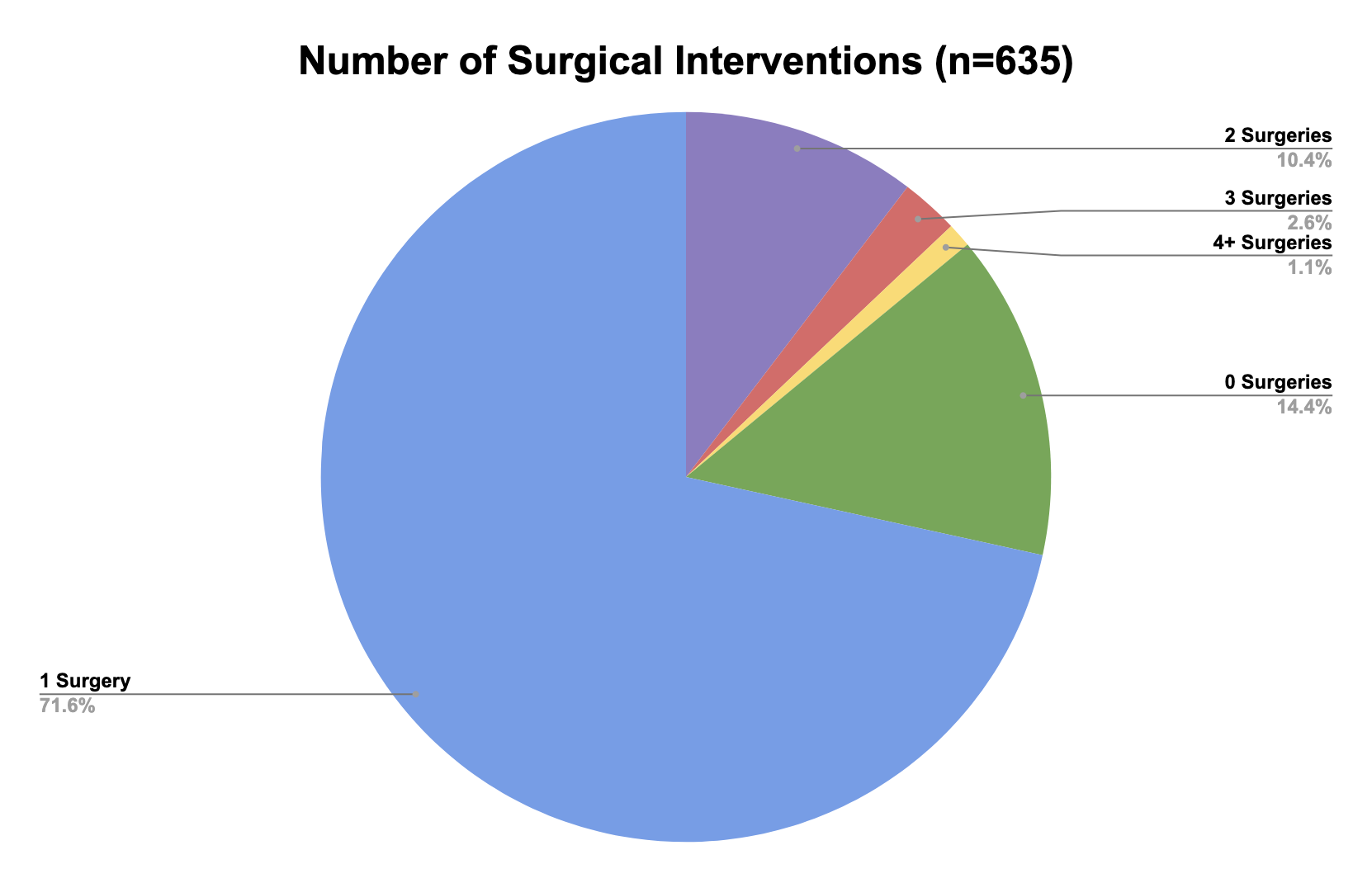Endocrinology 2
Session: Endocrinology 2
309 - Characterizing medical care and focused education offered for pediatric patients with distal hypospadias
Sunday, April 27, 2025
8:30am - 10:45am HST
Publication Number: 309.4482
Angelica Scribner, University of Wisconsin School of Medicine and Public Health, Madison, WI, United States; Tess Jewell, University of Wisconsin School of Medicine and Public Health, Madison, WI, United States; Madrigal von Muchow, University of Wisconsin School of Medicine and Public Health, Madison, WI, United States; Tessa Meurer, University of Wisconsin School of Medicine and Public Health, Milwaukee, WI, United States; Kelsey Lewis, University at Buffalo, Buffalo, NY, United States; Jennifer Rehm, University of Wisconsin School of Medicine and Public Health, Madison, WI, United States

Angelica Scribner, BS (she/they)
Medical Student
University of Wisconsin School of Medicine and Public Health
Madison, Wisconsin, United States
Presenting Author(s)
Background: Individuals with variations in sex characteristics (VSCs), also known as differences in sex development or intersex traits, do not fit societal expectations or definitions of binary sex characteristics including sex chromosomes, anatomy, and/or physiology. The definition, prevalence, and indicated interventions for VSCs has been debated in the literature. Surgical outcomes for distal hypospadias, a penile VSC, vary widely and are poorly characterized in existing literature. Surgical interventions for distal hypospadias are elective and often performed before the patient is old enough to participate in the decision-making process. These surgeries are controversial as the variation does not cause any functional deficits, so surgeries are performed solely for cosmesis.
Objective: This study aimed to characterize the prevalence of distal hypospadias in our study population, medical interventions suggested and completed, and focused resources or education offered to patients and families.
Design/Methods: A retrospective chart review was completed of pediatric patients with a diagnosis of distal hypospadias seen at a large pediatric hospital from 2000-2023. Data collected included information about surgical interventions and hypospadias-specific resources and education provided to patients and families. Data was analyzed using descriptive statistics.
Results: We identified 742 patients with a diagnosis of distal hypospadias. Of the included patients, 635 (85.6%) underwent genital surgery. Of these patients, 104 (16.4%) underwent subsequent surgeries for redo repair or complications, with 27 patients undergoing 3 or more surgeries. Thirteen (1.8%) of the included patients and their families received focused resources or education on distal hypospadias.
Conclusion(s): This study found that the majority of the patients diagnosed with distal hypospadias underwent surgical intervention, and approximately one sixth of these patients underwent subsequent operations for further repairs or complications. Few patients and families received focused education on distal hypospadias. Considering the cosmetic nature of surgery for distal hypospadias, improved focused education and resource accessibility and utilization may greatly benefit patients and their families regarding their understanding of distal hypospadias, VSCs, and subsequent decision making.
Number of Surgical Interventions
 Figure portraying the number of genital surgical interventions undergone by patients with distal hypospadias in our study population.
Figure portraying the number of genital surgical interventions undergone by patients with distal hypospadias in our study population.
